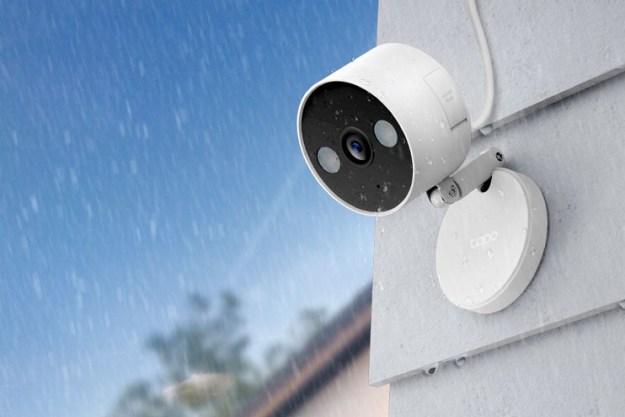Europe’s largest home appliance manufacturer has patented a microwave oven with a camera inside, The Spoon reports.
The U.S. Patent Office granted a patent to BSH Home Appliances Corporation for a “Household Appliance Comprising a Food Processing Chamber and Camera.” BSH is a joint venture between Robert Bosch GmbH and Siemens AG dating back to 1967.
The patent isn’t limited to microwave ovens. The concept could also apply to convection ovens or combination cooking appliances. One food preparation combination mentioned in the application summary is a steam treatment appliance with a microwave function.
Just because BSH holds the camera-in-an-oven patent doesn’t necessarily mean the company will use the technology. Companies often patent new ideas to protect them from use by others or to consider in later years. There’s no way to know if Bosch has had requests from customers who want to watch food cook for fun, but entertainment value doesn’t appear anywhere in the patent application.
The patent background statement does discuss customers who want to check food cooking progress but points out that the typical glass pane viewing areas lose more energy than other areas in the cooking chamber, which have greater thermal insulation.
One stated use of the BSH invention would be to stream images of cooking food to an external OLED or liquid crystal display on the appliance. In such a setup, less energy would be needed to cook food than is required with the less energy efficient glass viewing panes.
The patent also mentions two additional uses for the camera data that seem more in keeping with smart home technology than simply using a display to replace a pane of glass.
One potential application for the camera images involves transmitting data to a mobile device so consumers can track cooking progress remotely via an app.
Additionally, an external or integrated image processing unit with rules-based artificial intelligence could potentially monitor cooking and adjust the appliance’s settings.
If you were cooking two pieces of meat, for example, and one person preferred theirs cooked rare while another like it well done, the appliance could adjust settings so that both servings were ready at the same time, each cooked to individual preferences.
Much of the patent’s technical detail sections involve protecting the camera from radiation, while also allowing a clear view of the food. The patent application includes a variety of methods in which a camera could be mounted on or behind protective glass in combination with metal shielding plates. The metal plates have patterns of small holes to provide protection and enable clear image capture simultaneously.
So in the end, if Bosch or another BSH brand such as Gaggenau or Thermador decides that cooking appliances with image-processing capabilities are a must-have new feature, the manufacturer has the patent in hand.
If you’re in the market for new kitchen appliances, be sure to check out Digital Trends Best of 2018 selections for oven ranges, wall ovens, and refrigerators.




